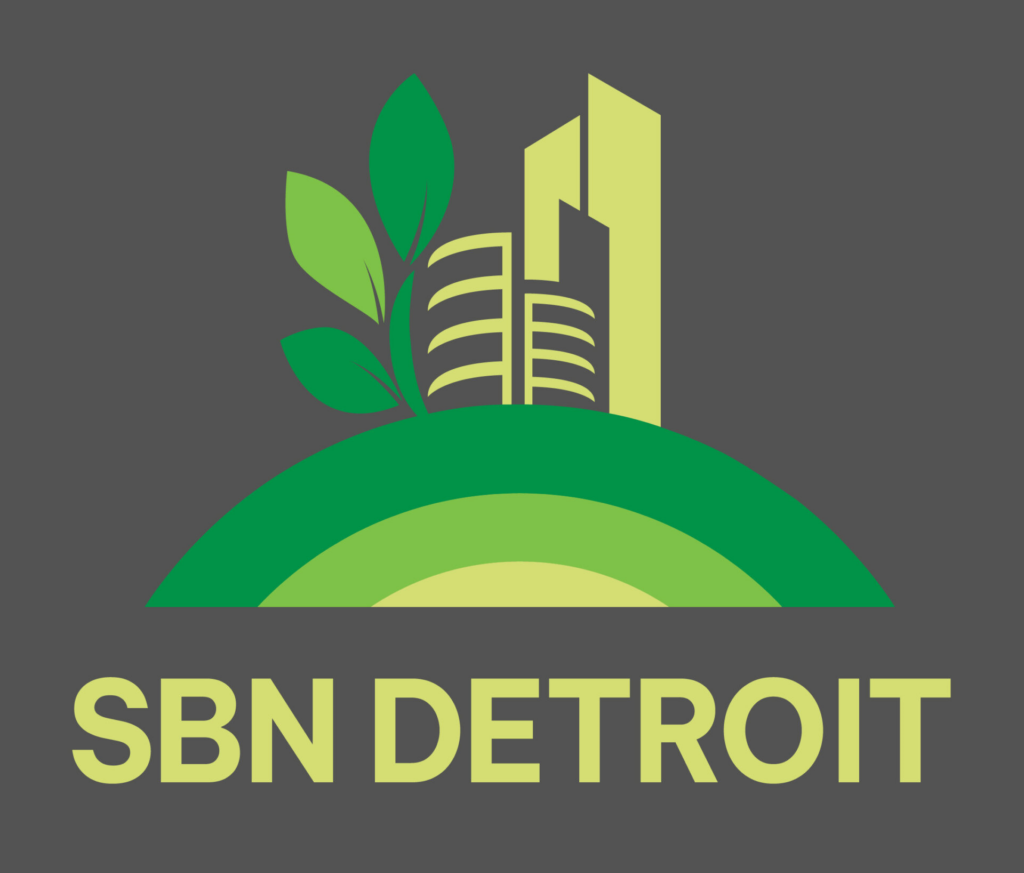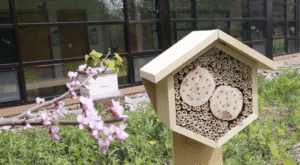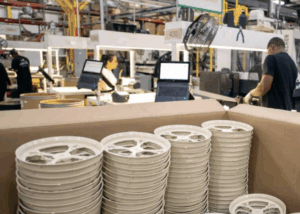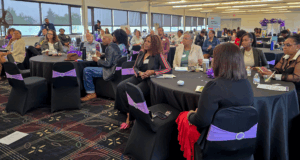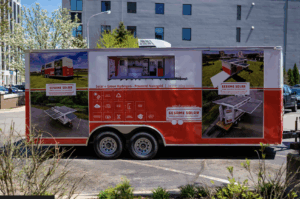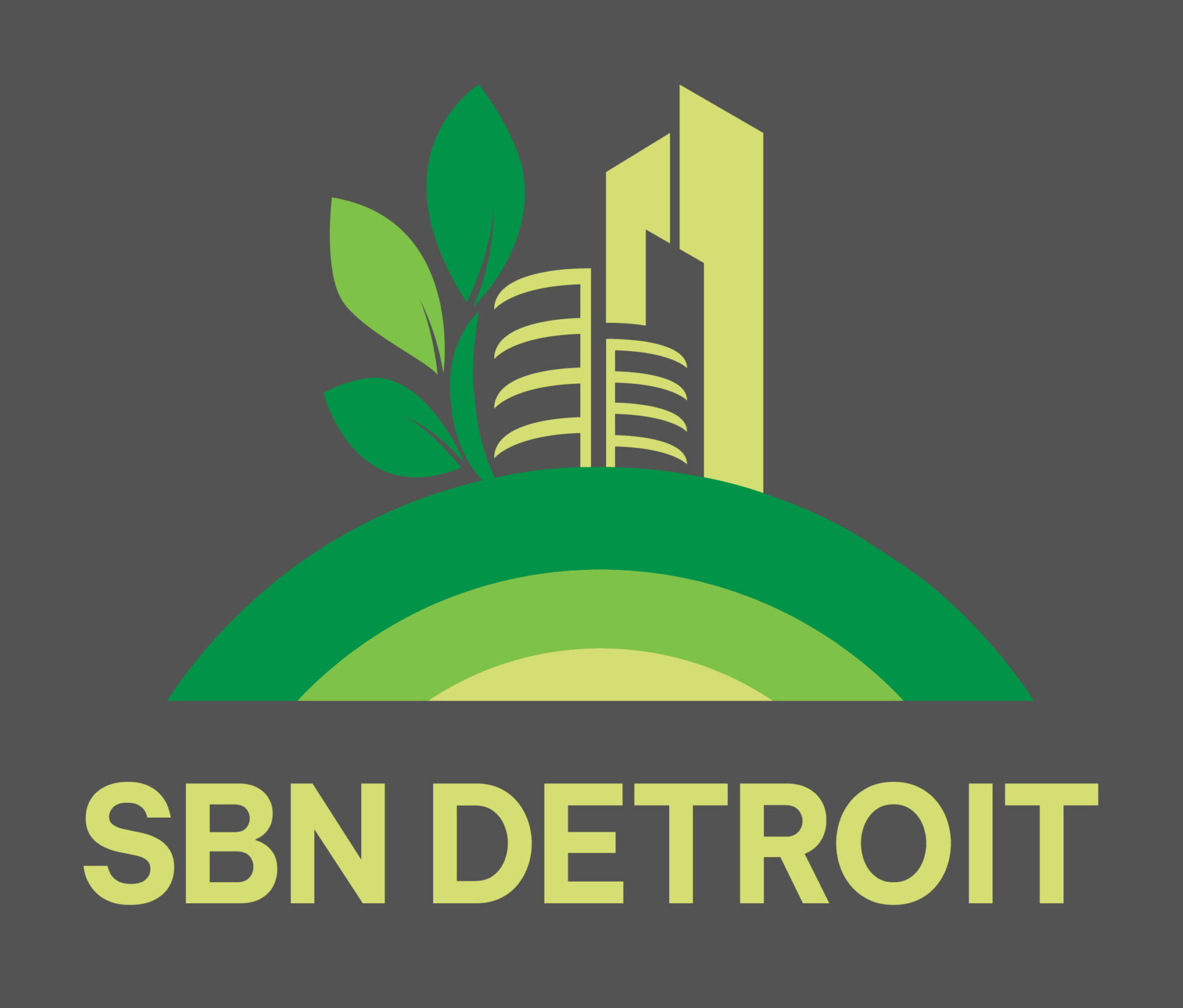
- Kim Kisner
- Business
- 05/13/2025
Owner Liz DeLisle and Senior Ecologist Nick Longbucco on Urban Sprawl, Community Collaboration, and What’s Next for Land Stewardship
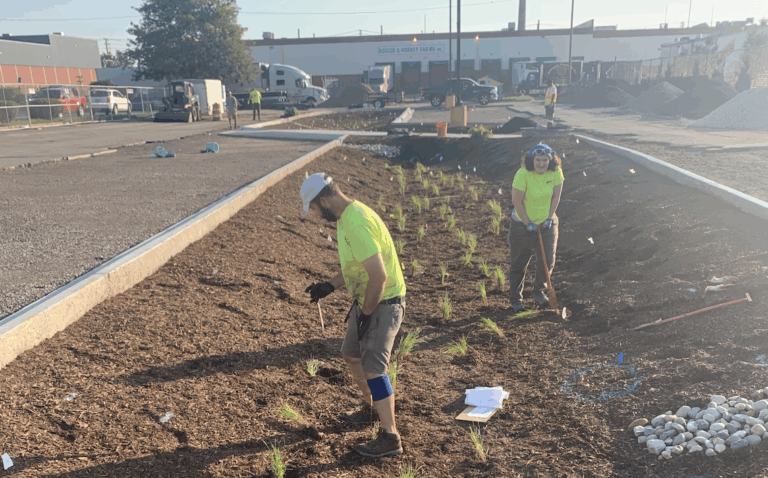
Founded in 2009 and based in Northville, Natural Community Services provides ecological restoration and land stewardship services focused on native landscapes, habitat creation, and green infrastructure. The company works with municipalities, businesses, and nonprofit organizations across Michigan to implement science-based strategies aiming to improve ecological function and address long-term environmental concerns.
SBN Detroit interviewed owner Liz DeLisle and Senior Ecologist Nick Longbucco to gain insight into Southeast Michigan’s ecological challenges, how organizations are adapting their land-use practices, and what trends may shape local approaches to sustainability and restoration.

Q: What inspired the creation of Natural Community Services, and what specific environmental problems were you aiming to address from the start?
DeLisle: The company was founded to address growing ecological degradation in our region—things like habitat loss, urban heat islands, and unmanaged stormwater runoff. We wanted to bring attention to sustainable processes and increase education among both residents and businesses. From the beginning, we’ve been focused on designing landscapes with native plant species and building habitats for pollinators, while also encouraging community-led efforts to reconnect with and restore local ecosystems.
Q: From your perspective, what are the biggest ecological challenges businesses and municipalities in Southeast Michigan are facing today?
Longbucco: There are quite a few, but broadly speaking, climate change and urban sprawl are two of the most pressing. Southeast Michigan – from Detroit to Pontiac – is heavily built out, and impervious surfaces like concrete create major issues with stormwater management. Localized flooding has become a widespread concern, so implementing green stormwater infrastructure like bioretention systems and rain gardens is more important than ever.
Habitat fragmentation is another challenge that often gets overlooked. As urban areas expand and natural spaces are divided, we’re seeing a rise in invasive species, along with increased pressure on the green spaces that remain. The need to protect, manage, and restore those spaces is absolutely critical.
Q: How would you describe the current level of ecological literacy or awareness among business and civic leaders in Michigan?
Longbucco: We’ve definitely seen growth, especially among municipalities, counties, and townships. Topics like sustainability, stormwater management, and climate adaptation are much more present in conversations now than they were a decade ago. Many of these public leaders are responding to increased interest and concern from their constituents.
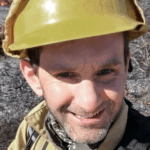
That said, a major gap still exists in understanding the long-term benefits and cost savings of sustainable practices. Too often, decision-makers see the upfront investment but don’t grasp the payoff that comes over time.
DeLisle: Incentives can really help bridge that gap. Stormwater credits and grant funding have played an important role in encouraging businesses to explore green infrastructure. Once they see both the environmental and economic benefits, we’ve found they’re more likely to adopt and continue those practices.
Q: What are the most persistent barriers that organizations face when trying to implement ecological or sustainable landscape projects?
Longbucco: The biggest challenge is often a lack of funding, or even knowledge of where to look for it. Beyond that, many organizations simply don’t have in-house expertise. They may not know where to begin, how to design a project, or who to partner with.
There are also regulatory hurdles. HOA rules or local ordinances may restrict things like alternative lawns or rain gardens. And from a process standpoint, getting landscape architects, civil engineers, and ecological planners to collaborate effectively can be tricky. Those groups often come from different perspectives, and aligning them early in the process is essential for successful outcomes.
Q: Have you noticed any shifts in how businesses or public entities are thinking about land use, stormwater, habitat preservation, or native landscaping over the past decade?
Longbucco: Absolutely. There’s been a major shift among public sector leaders, especially at the municipal level. As people in the community become more vocal about sustainability and green space, public entities are responding. There’s also been an increase in collaborative efforts – nonprofits, cities, and private organizations working together more fluidly than they used to. That’s been especially noticeable over the past five years.
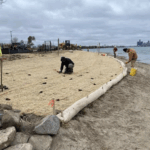
DeLisle: As public understanding grows, it has a ripple effect. People start asking their cities and local governments to make more sustainable choices, whether that’s through native plantings or more ecologically responsible land management strategies like prescribed burns. It’s about keeping the community happy while also doing what’s right for the land.
Q: What issues or opportunities are particular to Southeast Michigan?
Longbucco: Urban sprawl is definitely one of the biggest issues, along with aging infrastructure and climate change. Our region is located in a lake plain, which makes water drainage more challenging. That creates a major opportunity for green infrastructure to play a larger role in how we manage stormwater and climate impacts.
There’s also a growing focus on environmental justice, ensuring that everyone has access to healthy green spaces. Both governments and businesses are starting to recognize that quality of life matters when it comes to attracting and retaining talent, and ecological stewardship plays a part in that.
DeLisle: The lack of green space in industrial and urban areas is a big challenge, but it’s also an opportunity. With community engagement and the right investments, we can revitalize these areas through green initiatives that improve both ecology and public well-being.
Q: Are there any recent success stories or surprising lessons you’ve seen emerge from local projects that could be instructive to others?
Delisle: We’ve been fortunate to work on a number of successful public projects. Eliza Howell Park, Heritage Park in Farmington Hills, Normandy Oaks in Royal Oak, Legacy Park in Northville, and several parks for Wayne County and in Van Buren Township are great examples. In those areas, we’ve done everything from invasive species removal and native seedings to prescribed burns and long-term habitat management.
One of the most exciting outcomes for these parks, as well as our Detroit River islands projects, is when monitoring data shows a clear increase in native species. They are powerful examples of how the right ecological interventions can lead to real, measurable biodiversity gains.
Longbucco: The common denominator in all of those projects is community collaboration. When residents, stakeholders, and neighborhood leaders are brought into the process from the start, the chances of long-term success go way up. Without that buy-in, even well-designed projects can lose momentum.
Q: Looking ahead, what trends or changes do you expect to shape the future of ecological restoration and land stewardship in Southeast Michigan—and what should local business leaders be preparing for now?
DeLisle: We expect to see even more emphasis on native plants, especially as awareness of their ecological benefits continues to grow. There’s also a lot of potential in combining ecology with technology—whether through remote monitoring, data-driven planning tools, or new ways to model stormwater impacts.
At a policy level, I’d love to see stronger, more comprehensive frameworks supporting sustainable practices. For local business leaders, now is the time to prepare for rising consumer demand for environmentally responsible spaces, and likely increases in policy-driven expectations as well.
Be sure to subscribe to our newsletter for regular updates on sustainable business practices in and around Detroit.
Kim Kisner
- All
- Business
- Community
- Education
- Events

ThermoVerse is a Detroit-based urban innovation startup founded by engineer and researcher Shantonio Birch. The company’s work centers on advanced thermal energy storage and people-focused building technologies that reduce waste, stabilize indoor environments, and free up electrical capacity. SBN Detroit interviewed Birch about the future of grid resiliency, energy equity, and why Southeast Michigan is positioned to lead in next-generation smart city innovation. Q: What is the impetus...
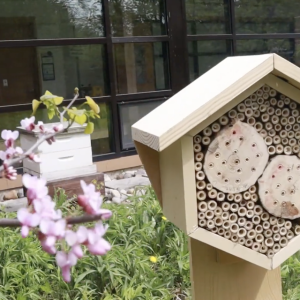
Pollinators are essential to Michigan’s ecosystems, food systems, and long-term environmental resilience — yet they face increasing threats from habitat loss, pesticides, disease, and climate change. As Southeast Michigan looks for scalable, science-based approaches to ecological stewardship, the University of Michigan-Dearborn has emerged as a voice in pollinator conservation, sustainability, and community education. SBN Detroit interviewed Dr. David Susko, Associate Professor of Biology and Chair of Biology in...
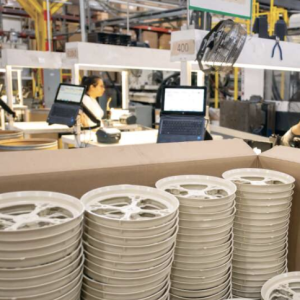
In the manufacturing world, sustainability is increasingly defined not just by recycling, but by what kind of recycling. For PolyFlex Products, based in Farmington Hills and part of Nefab Group, the future lies in creating closed-loop systems where materials are reused for equal or higher-value purposes — not simply “downcycled” into lower-grade goods. PolyFlex, which designs and manufactures reusable packaging and material handling solutions for the automotive and...
